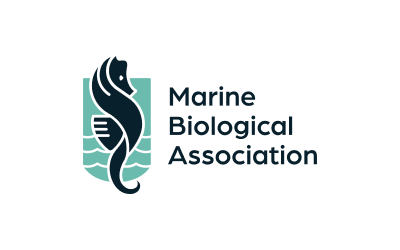Overview
Marine ecosystems provide essential services, such as erosion prevention and carbon sequestration, that support human well-being. However, the link between species traits and the delivery of ecosystem services remains underexplored. This DUC seeks to enhance ecosystem-based management by developing a species traits database that links benthic species traits to ecosystem services, enabling more effective spatial planning and management of Marine Protected Areas (MPAs).
Challenge
Current ecosystem service assessments often rely on broad habitat classifications, which do not account for the specific biological traits that underpin ecosystem services. Additionally, species-level data is frequently collected without clear links to how these species contribute to ecosystem functions like erosion prevention or biodiversity support. This gap makes it difficult for planners to assess the true impact of human activities on ecosystem services and implement more sustainable management practices.
Solution
This DUC will create a publicly accessible species traits database that links species-level biological data to ecosystem service delivery. The tool will provide asset-service matrices that outline how specific species traits support ecosystem services, helping to predict the impact of human activities on marine ecosystems.
Statistical models will also be developed to assess the sensitivity of ecosystem services to pressures from activities like fishing and coastal development.
Biological monitoring and sensor resources
- Conventional biological monitoring data from trawl and grab surveys, as well as new eDNA and automated image analysis methods.
- Trait data from platforms like BIOTIC (MarLIN), FishBase, and EMODnet, documenting species traits and linking them to ecosystem functions
Data Sources
Biological and ecological trait data for marine species are collected from several online platforms, focusing on different types of traits:
- Biological and ecological traits: Characteristics specific to species, such as body size and feeding type.
- Taxonomic traits: Classification-related traits, like paraphyletic groups.
- Human-defined traits: Categories such as Red List species (endangered or threatened species).
These traits are accessible through platforms like EMODnet - via the World Register of Marine Species, the LifeWatch Species Information portal, FishBase - which contains a comprehensive trait database for marine fish species; Polytraits that focuses on biological traits of marine polychaetes (e.g., morphological and behavioral traits). Other platforms include CEFAS data portal, BIOTIC, Plymouth Marine Laboratory Train explorer.
Analysis Tools
The project leverages several platforms and tools for trait analysis and ecosystem service modeling:
- Expert modeling and user interface development: A contractor provides specialized input to create models and develop a user-friendly interface for users to access and apply the tools.
- MarLIN website: Serves as the key delivery platform, hosting the ES traits catalogue and biotope ES information. Tools and data are publicly accessible for long-term use by the research community and environmental managers.
- MarLIN BIOTIC database: Updated with new biological trait information to support broader applications in Biological Traits Analysis. The database is a key resource for linking species traits to ecosystem services, improving data accessibility for researchers and policymakers
Expected outputs
The tools will support natural capital assessments, helping stakeholders make sustainable management decisions that improve and restore marine ecosystems. They will provide valuable insights for optimizing MPA management and marine spatial planning by linking species traits to ecosystem services.
The availability of these tools is essential for achieving global climate and biodiversity goals (e.g., Paris Agreement, UN Decade of Ecosystem Restoration), enabling more effective assessments of human impacts and promoting long-term marine conservation.
Target Stakeholders
Marine spatial planners, environmental agencies, researchers, and managers involved in MPA planning and ecosystem service assessments.
Digital Twin Features demonstration
- Systems research and education: Enhances understanding of the connections between species traits, ecosystem functions, and services.
- Identify data gaps: Helps specify what additional data is needed to improve ecosystem service assessments and spatial planning.
Status
Ready for implementation, with key tools and data sources already identified.
Leaders:
Dan Lear (MBA)
Harvey Tyler-Walters (MBA)
Heidi Tillin (PML)

